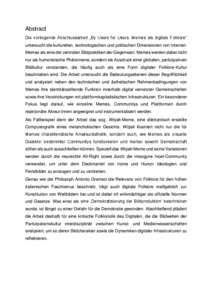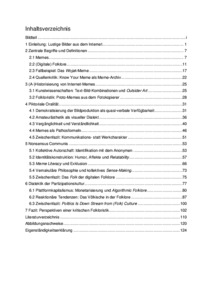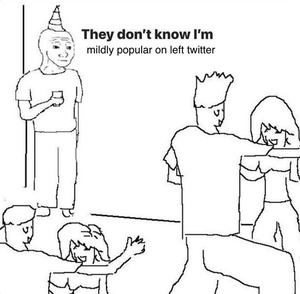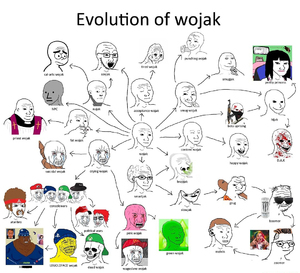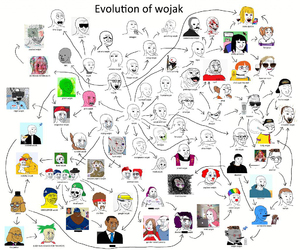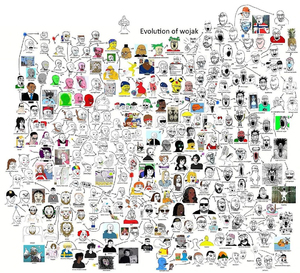By Users for Users
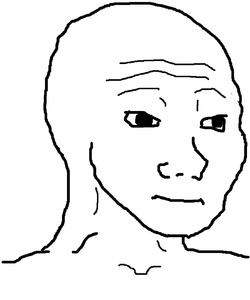
By Users for Users
Moritz Konrad
| Titel |
|
| Untertitel |
|
| Untertitel des Projekts/Werks (en) |
|
| Autor/in | |
| Beschreibung (de) |
|
| Beschreibung (en) |
|
| Kategorie | |
| Typ des Projekts/Werks | |
| Schlagworte | |
| Datierung |
|
| Dank an | |
| Sprache | |
| Abmessungen |
|
8 Inhalte
- Seite 1 von 1
